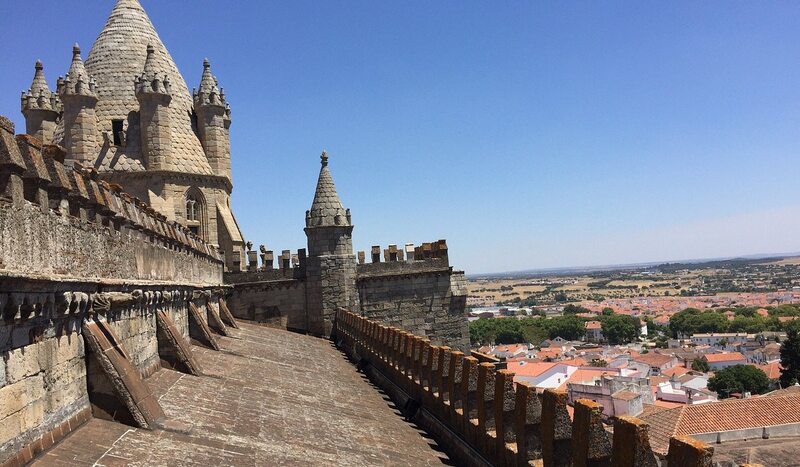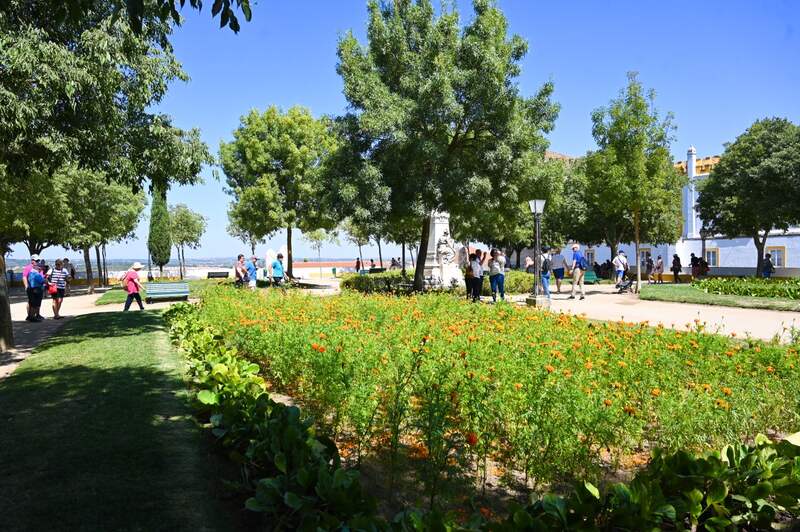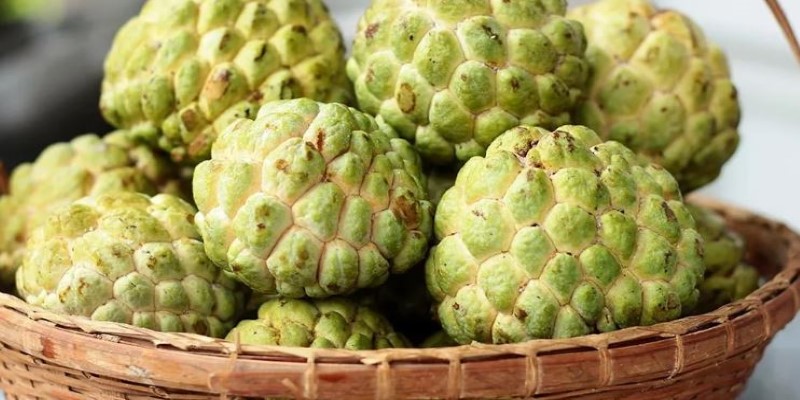In the Alentejo area of Portugal, there is a town called vora that looks much like the countryside in Tuscany, Italy. This town is known for its medieval architecture and strong cultural history. It's different from other popular places to visit in Portugal, making it special for travelers who seek new experiences. In this article, we will show you around vora's old sites, cultural things to do, and what it feels like to be here, similar to Tuscany.
Rich Historical Significance
The history of vora covers more than two thousand years, so it is a place full of wonder for people who love history. The town was first set up by the Romans and has been an important center during different historical times like the Moorish rule and the Portuguese Reconquista. You can see these pasts in its buildings that range from Roman temples to medieval churches. The Roman Temple of vora, which people commonly call the Temple of Diana, is an important historical feature that displays the town's deep history.

vora, with its Roman and Moorish history, was also important during the time of the Portuguese Age of Discoveries. It played a big part as a center for trade and business which helped make Portugal an influential country globally from the 15th to 16th century. The old town walls from medieval times along with many historical buildings are reminders of this active past. Guests can see the medieval fortifications that are still present, this shows how history has influenced the town's current form.
- Historical Walks: Guided tours are available to help visitors understand the rich historical context of voras landmarks.
- Museum Visits: The vora Museum provides additional insights into the towns diverse historical phases.
Architectural Charm
Strolling around vora, you see a countryside similar to Tuscany's rural beauty. The town is famous for its slim, stone-paved roads, painted in white structures and old city barriers. The design shows a mix of Romanesque, Gothic, and Renaissance styles which gives it an image like that from Tuscany. The cathedral of vora is a splendid example of Gothic style, while the Chapel of Bones provides interesting observations about local customs and traditions.
The organization of the town's urban plan is similar to a Tuscan town, having a small center made for walking and casual exploration. Several buildings have azulejos, which are traditional Portuguese ceramic tiles that offer more visual beauty. Local rules support keeping old architecture intact by making sure new constructions match the town's traditional style.
- Tile Art: The local azulejos are a distinctive feature, adding cultural richness to the towns architecture.
- Architectural Tours: Walking tours focused on voras architectural styles are available for those interested in detailed insights.
Local Gastronomy
The food in vora will give you an experience of typical Portuguese cooking, greatly inspired by the history and culture of this region. Many local restaurants prepare dishes using ingredients from the area like cured meats, cheeses, and wines. Typical Alentejo food is known for its robust stews and tasty sausages, reflecting the agricultural background of this locale. The wine here, which is made from grapes growing in nearby vineyards, goes well with the food. It gives a taste experience like what you would expect from Tuscany's famous vineyards.
In vora, the food culture is not just about typical dishes but also involves local markets and food festivals. The town has markets that sell fresh vegetables, fruits, and cheeses from nearby farms as well as other handmade products. This lets everyone experience what it's like to taste these regional flavors. Every year we have special food events too where we honor our traditional cooking style and offer visitors a chance to try out some of our classic recipes or specialties.
- Food Markets: Visit the local markets for fresh, regional ingredients and artisanal products.
- Festival Delicacies: Local food festivals offer unique dishes and a chance to experience traditional flavors.
Cultural Experiences
In vora, you can easily experience the culture by participating in local festivals and traditional events. The town has many different festivals happening throughout the year to celebrate things like local food or historical happenings. Festas de Nossa Senhora da Piedade is one of those typical religious celebrations which draw tourists from all around Portugal. Participating in these customs brings a richer comprehension of vora's cultural blend and its link to Portugal's wider legacy.
Cultural activities like visiting the galleries and craft shops that are unique to vora show a lively arts scene. The cultural places in the town often organize exhibitions, performances, or workshops related to this artistic history. People who take part in these events can enjoy and understand more about local arts and crafts.
- Art Galleries: Explore local galleries showcasing contemporary and traditional Portuguese art.
- Craft Workshops: Participate in workshops to learn about traditional crafts and artistic techniques.
Natural Beauty
The land near vora is similar to the countryside in Tuscany, with its rolling hills and picturesque beauty. The area known as Alentejo has vast fields, olive trees, and grapevines that make a calm atmosphere perfect for outdoor adventures. Those who come here can enjoy exploring the countryside close by, where they can do activities like hiking or biking through nature paths or simply walking around slowly. The town's charm is also enhanced by the natural beauty surrounding it, offering a peaceful getaway similar to Italy's countryside.

The natural environment also comprises many reserves and parks that safeguard the varied plants and animals of this area. These locations offer more chances for outdoor discovery, like observing birds or taking pictures of nature. The calming atmosphere here gives an ideal setting to unwind and relish in nature's beauty.
- Nature Reserves: Visit local reserves for a closer look at regional wildlife and plant life.
- Outdoor Activities: Take advantage of hiking and cycling paths to explore the scenic countryside.
Preservation and Modern Life
Though it has great historical importance, vora maintains a good equilibrium between conservation and modern life. The town has kept its past identity and at the same time welcomed contemporary changes to make sure it stays lively and usable for both people living there as well as those who visit it. Modern facilities and places to stay mix perfectly with the old charm of the town, making vora a pleasant and easy place for tourists to come.
Local attempts for this equilibrium involve harsh heritage preservation rules and community participation in upkeeping historical places. Current advancements are closely controlled so they match the town's history and appearance, while modern facilities and services are combined to serve both local people and tourists' requirements.
- Preservation Laws: Local regulations ensure that new developments respect the towns historical character.
- Community Engagement: Local initiatives support the maintenance and promotion of voras heritage sites.
Conclusion
In the end, vora is a hidden town in Portugal that can be compared to Tuscany. It has a deep history like Volterra, beautiful buildings similar to San Gimignano, and a lively culture just like Siena. The historical places, traditional food and wine, and overall charm of this town make it an interesting destination for people who want something like Italy's famous countryside but with its Portuguese touch. When you visit vora, you get a special chance to discover a historic town in Portugal that feels somewhat like Tuscany.







